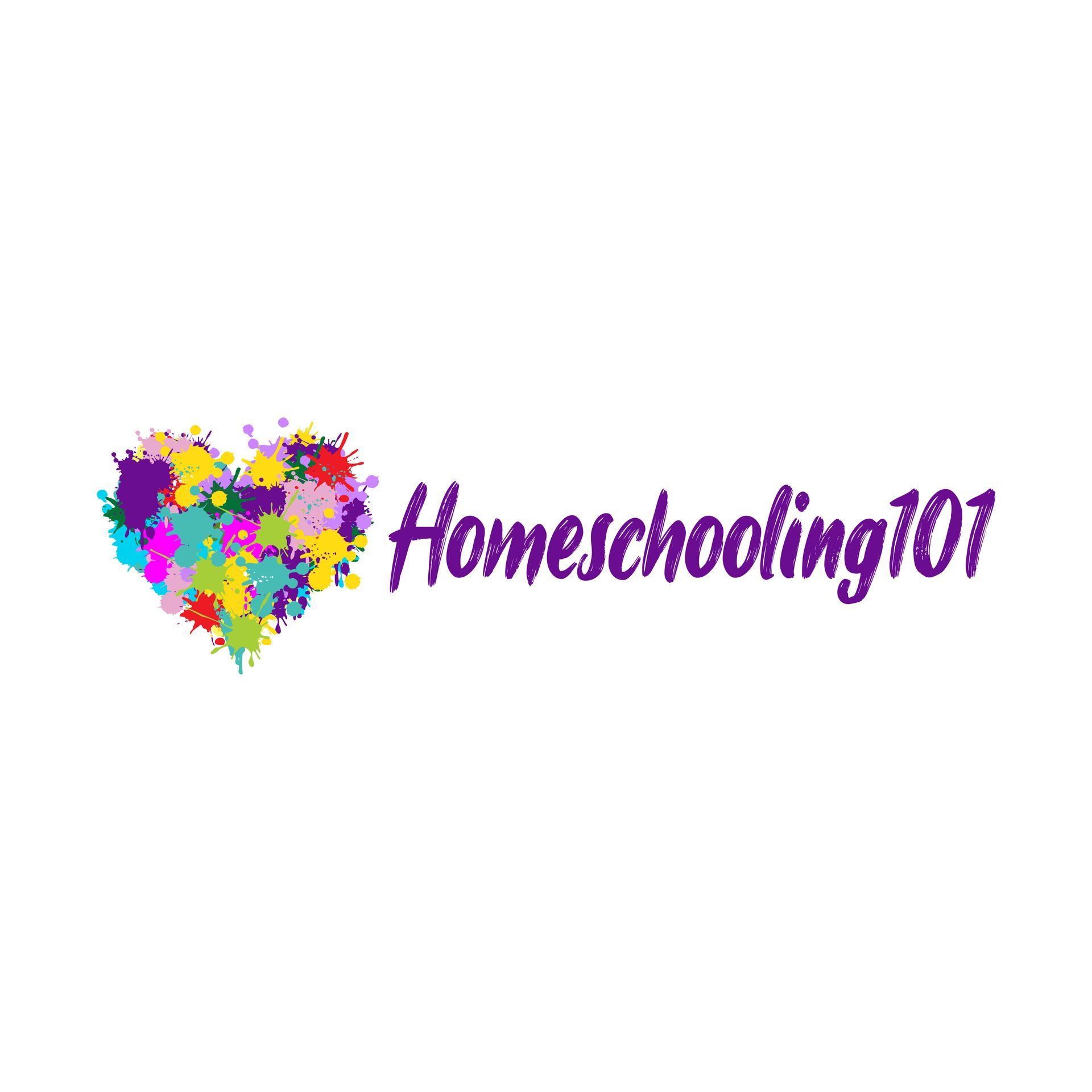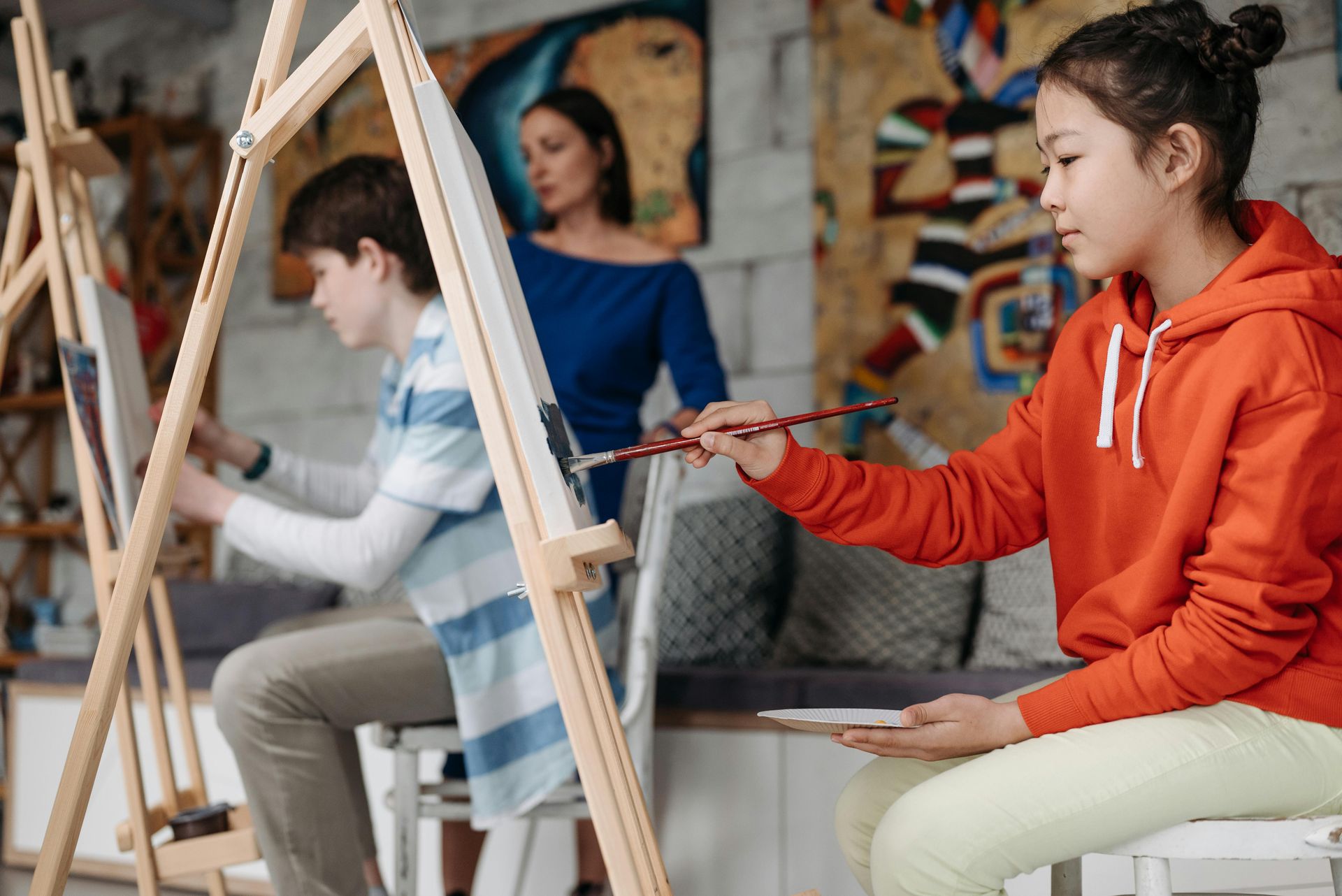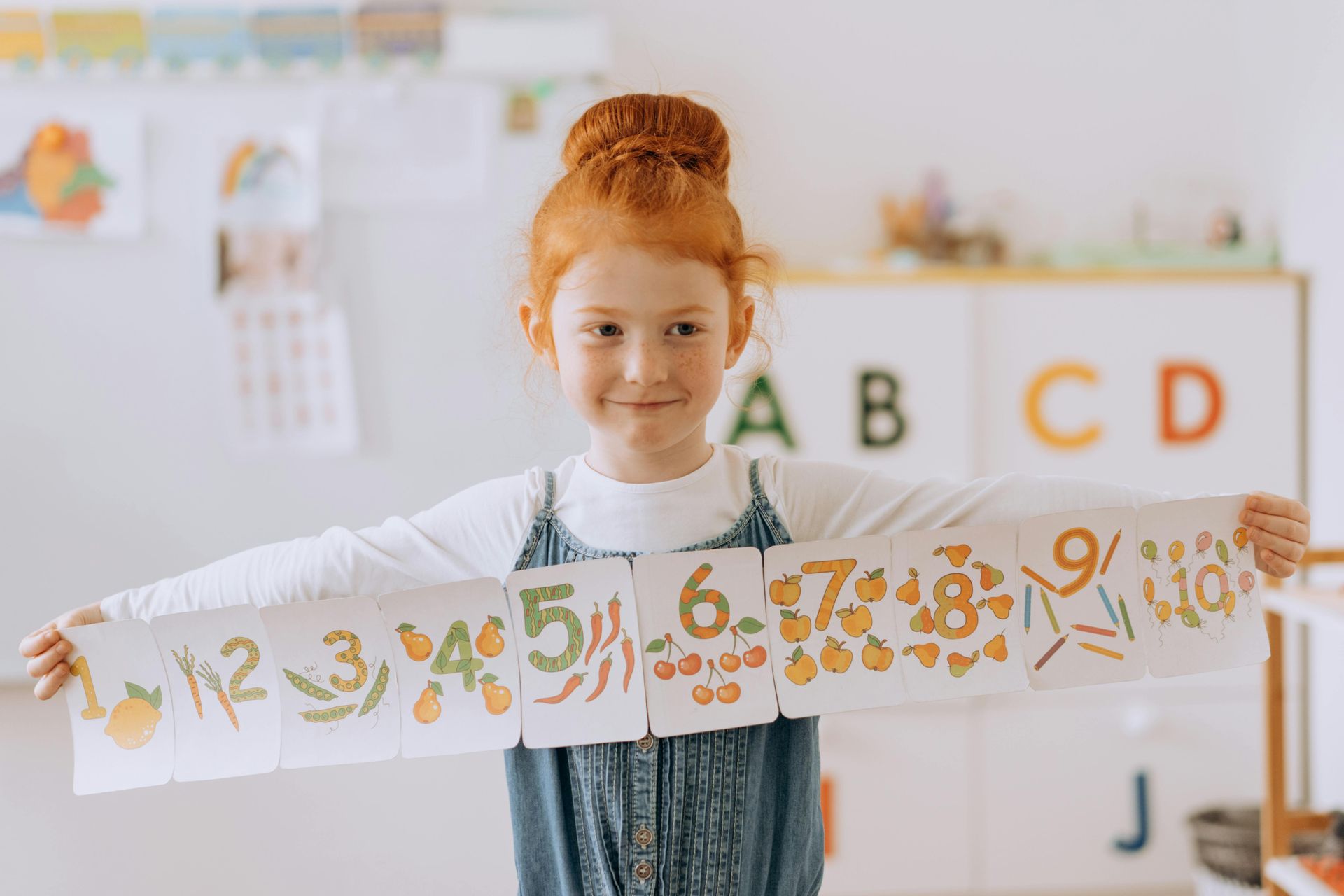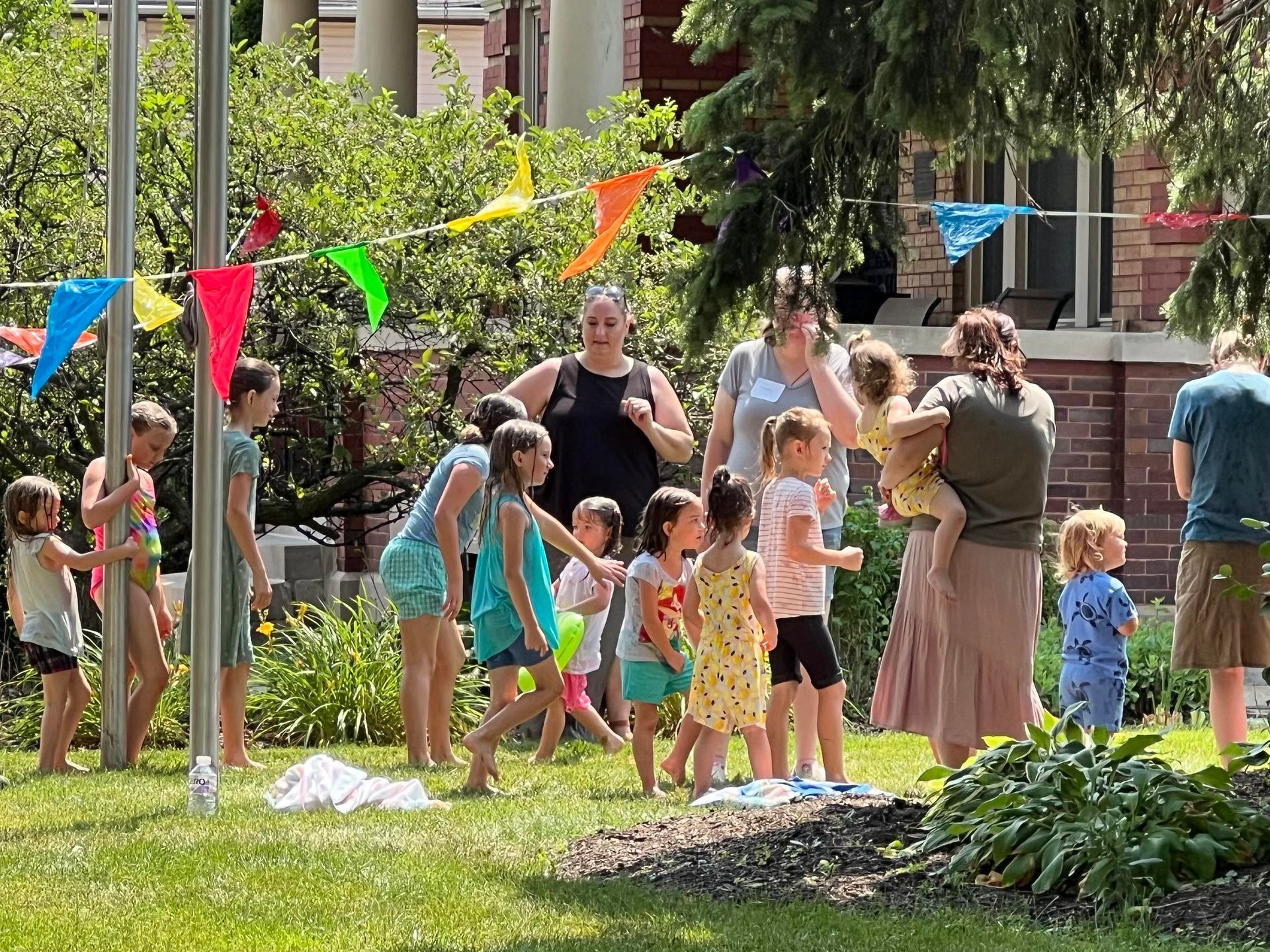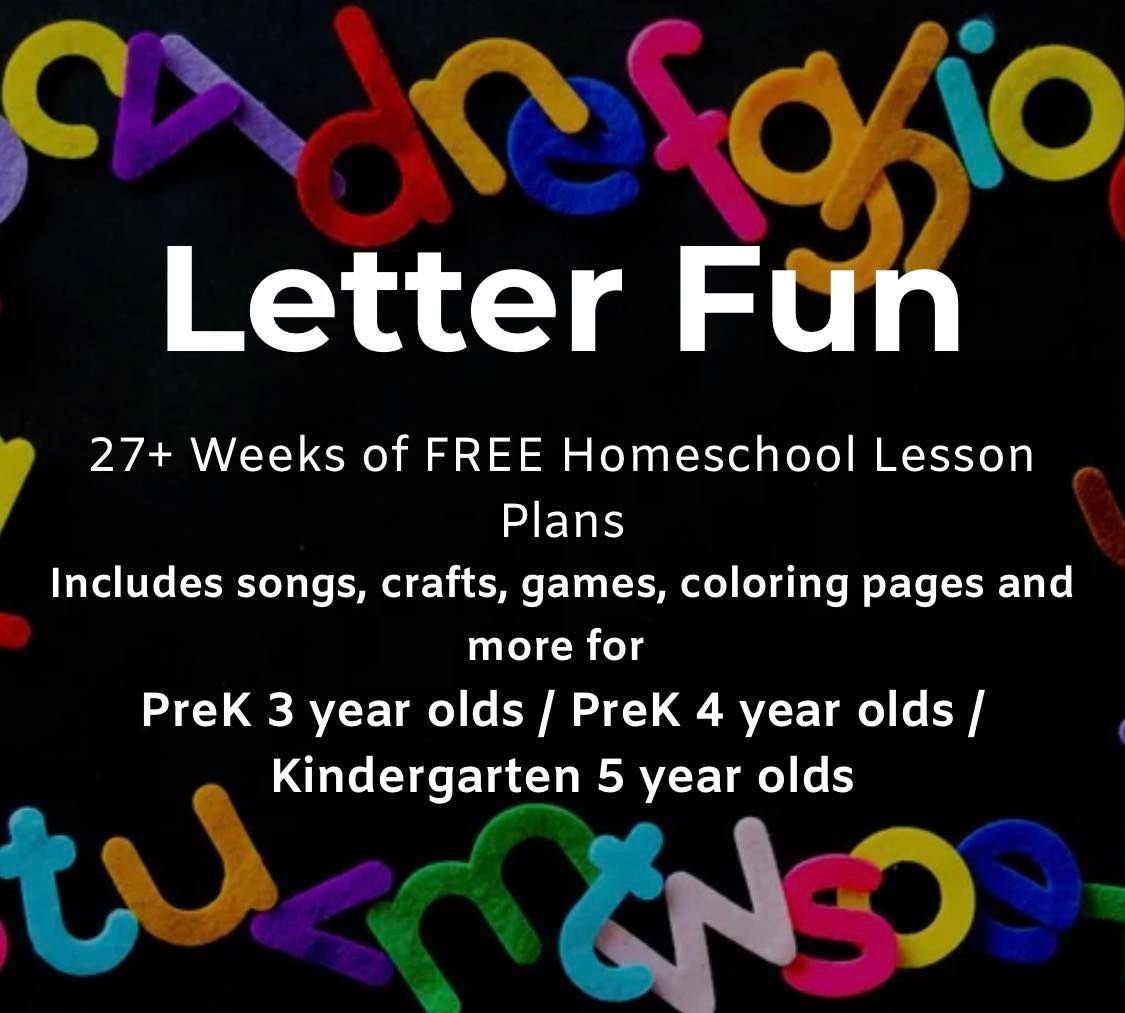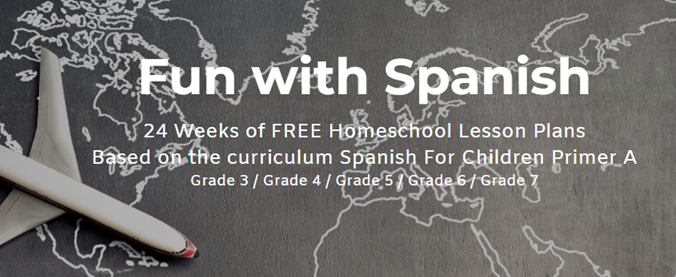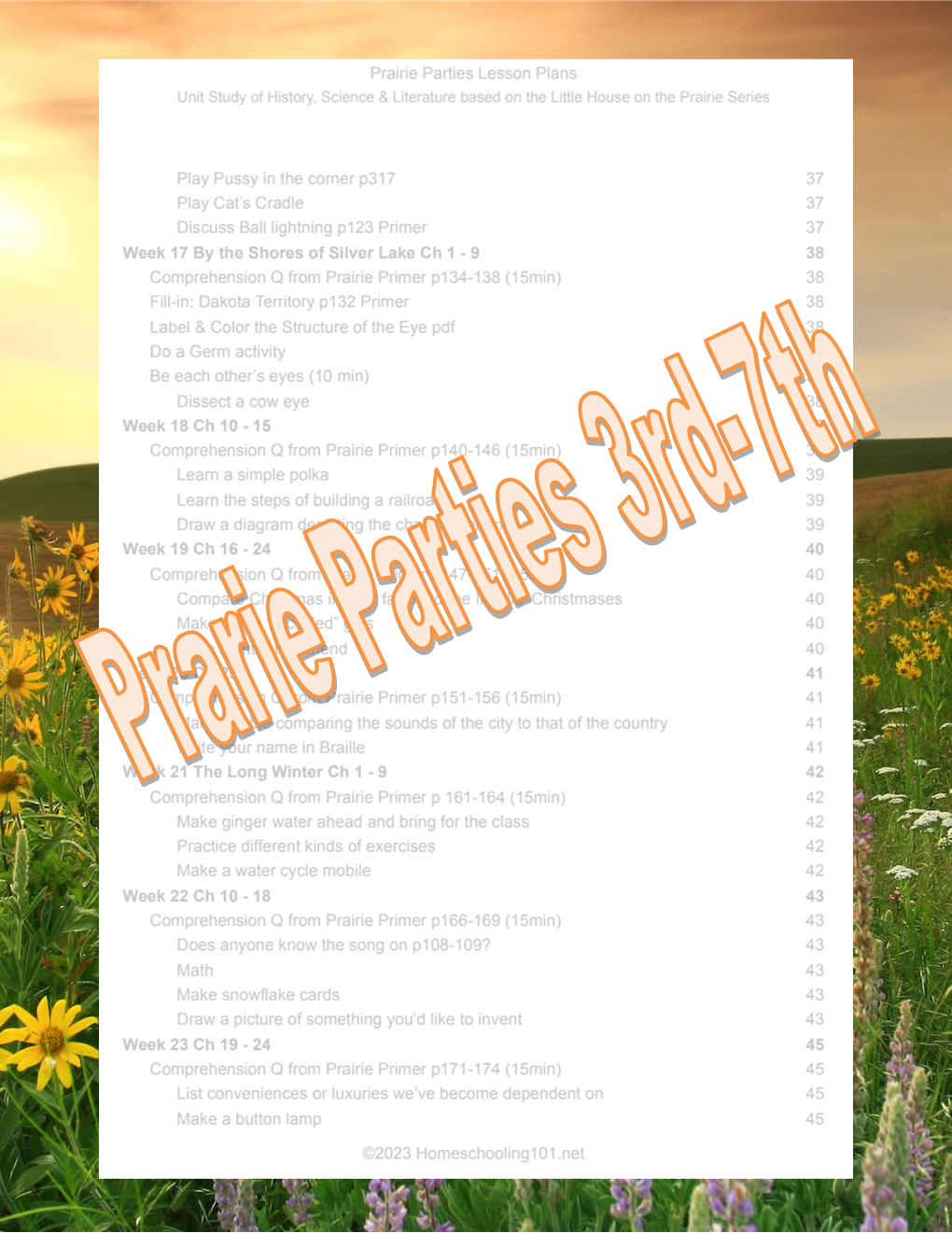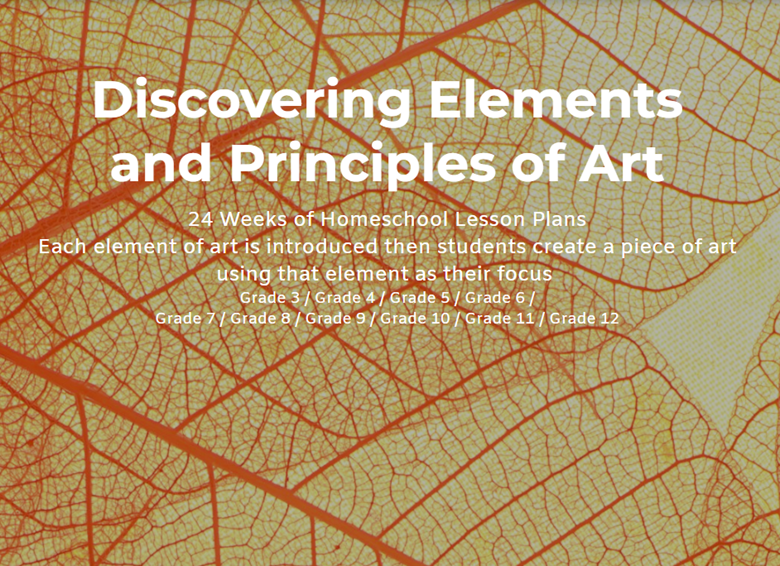555-555-5555
Philosophy of Reading for Preschoolers and Kindergarteners
A Playful Approach to Lowercase Letter Recognition and Phonics
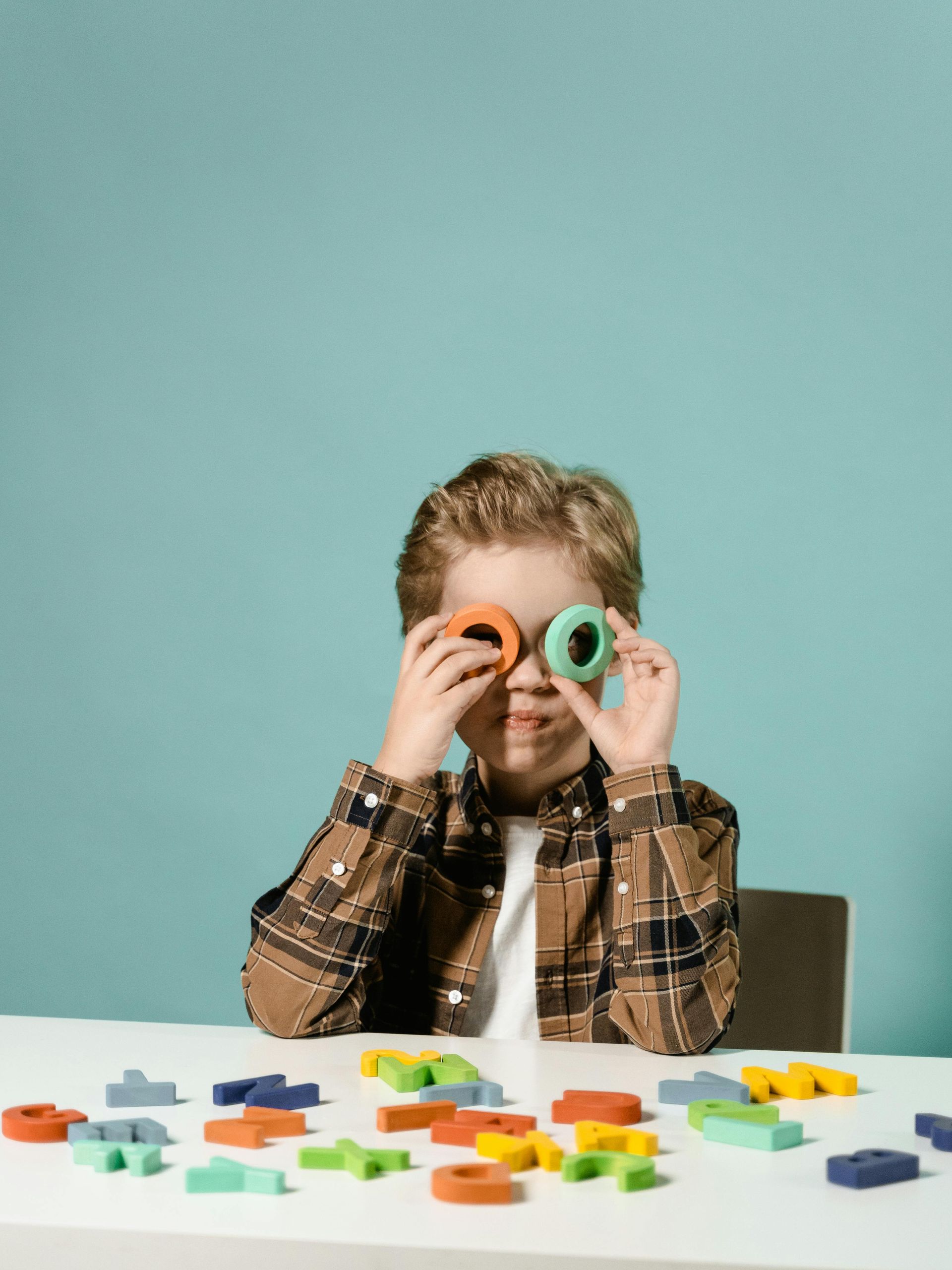
Philosophy of Teaching Letter Recognition and Phonics to Preschoolers and Kindergarteners
Take a look at all our FREE Kindergarten Homeschool Resources
A Playful Approach to Lowercase Letter Recognition and Phonics
Teaching lowercase letter recognition and phonics to young children is all about making the process natural, engaging, and fun. Instead of focusing on memorization or rote drills, we want to create a rich, multisensory experience that connects letters to sounds, words, and the world around them. By embedding letter recognition and phonics into everyday life and activities, children not only grasp the skills they need for reading but also develop a love for learning.
Starting with Lowercase Letters and Sounds
For preschoolers, focusing on lowercase letter recognition first is essential because lowercase letters are what children will encounter most frequently in written language. While uppercase letters are important, it’s the lowercase letters that make up the majority of words, which is why they should be the focus early on.
One of the key concepts to teach alongside lowercase letter recognition is phonemic awareness—the understanding that letters represent sounds. The goal is to teach letter sounds (phonemes) before or alongside the letter names. By doing so, children can begin to connect sounds to their visual forms and start to build words, even before they fully understand the names of the letters.
Phonics First: Letter Sounds Before Names
While children can learn the names of letters, focusing first on their sounds helps lay the foundation for reading. For example, teaching the letter "b" should focus on the sound /b/ (“buh”) first rather than simply saying "bee." When children learn the sound associated with each letter, they are better able to blend those sounds into words, which is an essential skill for reading.
For example, you can introduce the letter "b" using:
- Sound-focused activities: "Can you hear the /b/ sound in 'ball'? Let's bounce the ball while saying /b/!"
- Songs: Sing songs that highlight the letter sounds, like the
“Letter Sound Song”:
“B is for ball, b-b-b-ball,
B is for balloon, b-b-b-balloons.” - Sound Song: Sing the "ABC" song with the letter sounds instead of names and use the short sound of the vowels /a/ as in'bat', /e/ as in 'bed', /i/ as in 'hit', /o/ as in 'hot', /u/ as in 'fun'.
"/a/ /b/ /k/ /d/ /e/ /f/ /g/
Teaching Reading Readiness to Kindergarteners
As children progress into kindergarten, the goal shifts toward helping them become reading ready—able to recognize letters and their corresponding sounds, blend them together to form simple words, and understand basic concepts of print. This doesn’t mean pushing them into formal reading too early but rather providing plenty of opportunities to engage with language in a fun, relaxed manner.
Progression of Skills and Concepts Toward 1st Grade Readiness
A child’s journey from preschool to kindergarten reading readiness should be full of exploration, creativity, and real-world connections. Here’s a breakdown of key skills and activities that can help prepare a child for first grade while making learning enjoyable.
Week-by-Week Reading Readiness Progression
Preschool: Letter Recognition and Phonemic Awareness
At the preschool level, focus on the basics of letter recognition and phonemic awareness in a natural, fun environment.
- Letter Sound Association
- Use sensory activities to reinforce sounds (e.g., tracing the letter "a" in sand while saying the sound /a/ as in "apple").
- Songs and Rhymes: Create simple rhymes and songs that highlight the sound of the letter. For example: "A is for apple, a-a-apple,
B is for ball, b-b-ball..."
- Identifying Sounds in Words
- Encourage children to listen for beginning sounds in everyday words. You could say, “What sound do you hear at the start of 'dog'?” and let them respond with “/d/.”
- Sound-Sorting Games: Use picture cards to sort items by their beginning sounds (e.g., “Which of these things start with /m/?”—magnet, mug, monkey).
- Building Letter-Sound Associations
- Use play-based activities: For example, during playtime, hold up letter flashcards and ask, “What sound does this letter make? Can you find something in the room that starts with that sound?” (e.g., /k/ for "cat").
- Alphabet Hunt: Go on an alphabet scavenger hunt where children find items that begin with each letter’s sound.
- Letter Writing and Recognition
- Let children practice writing letters with their fingers in flour, sand, or on a chalkboard while saying the sound associated with each letter.
- Use alphabet puzzles and magnetic letters to practice matching letters with their sounds.
Kindergarten: Building Reading Skills with Phonics and Fun Activities
As children enter kindergarten, the focus should be on reinforcing the connections between letter sounds and letter names, helping them begin to blend sounds to form words. Here's a progression of skills:
1. Blending Sounds into Words
- Use sound blending activities. Start with two-letter combinations like "at" and practice blending them into simple words (e.g., "c-at," "m-at," "b-at").
- Interactive Phonics Songs: Use simple phonics songs that reinforce blending sounds. For example: “C-A-T, cat, cat, cat,
C-A-T, cat, cat, cat.” - Phonics Apps or Games: Use phonics apps that allow children to tap letters to form words, reinforcing sound blending.
2. Building Simple Sight Words
- Introduce basic sight words that cannot always be sounded out phonetically (e.g., "the," "and," "is") through games and stories. For instance, create a sight word scavenger hunt around the house, asking the child to find sight words from a book or a flashcard.
- Use flashcards and word walls for regular practice.
3. Reading Simple Books
- Begin reading simple decodable books together that reinforce phonics skills. These books often feature simple, repetitive words with a strong connection between letters and sounds.
- Encourage your child to read aloud the words they know from sight and blend words they don't yet recognize.
4. Rhyming and Word Families
- Play rhyming games and introduce
word families (e.g., “-at” family: cat, hat, bat). You can use songs like: “I see a cat, it’s wearing a hat,
I see a bat, it’s flying like that!” - Rhyming Activities: Create rhyming word lists and have children say words that rhyme with a given word (e.g., “What rhymes with ‘dog’? Log, frog, hog!”).
Fun Phonics Games and Songs
Phonics should feel like a game, not a lesson. Here are a few fun ways to reinforce phonics skills -
- Phonics Bingo
Create bingo cards with pictures that correspond to different letter sounds (e.g., a picture of a cat for the letter “C”). Call out a letter sound and have children cover the corresponding picture on their bingo card. - Sound Toss
Gather some plastic balls or bean bags. Call out a letter sound (e.g., /b/), and the child has to toss the ball into a basket or bucket labeled with that letter’s sound. - Phonics Songs
- "The Phonics Song": This song teaches each letter’s sound by singing through the alphabet with a catchy tune.
- "Old MacDonald Had a Farm": Adapt this classic song to focus on sounds, singing about animals with names that begin with specific letter sounds (e.g., “Old MacDonald had a cat, e-i-e-i-o!”).
Take-a-way Thoughts: Keep It Fun and Relaxed
The ultimate goal of teaching letter recognition and phonics to preschoolers and kindergarteners is to make learning feel natural and enjoyable. Through playful activities, games, and songs, young children will internalize letter sounds and recognition, setting the foundation for reading. By incorporating phonics into daily routines and play, you’re not just teaching letters and sounds—you’re fostering a lifelong love of learning.
Phonics doesn’t have to be a dry, academic task. With a little creativity, your child will associate reading with fun and exploration, and when they’re ready, they’ll be well on their way to reading success!
Download our FREE Kindergarten Homeschool Reading Printables
Check out our Preschool Alphabet Printables & Activity Guide
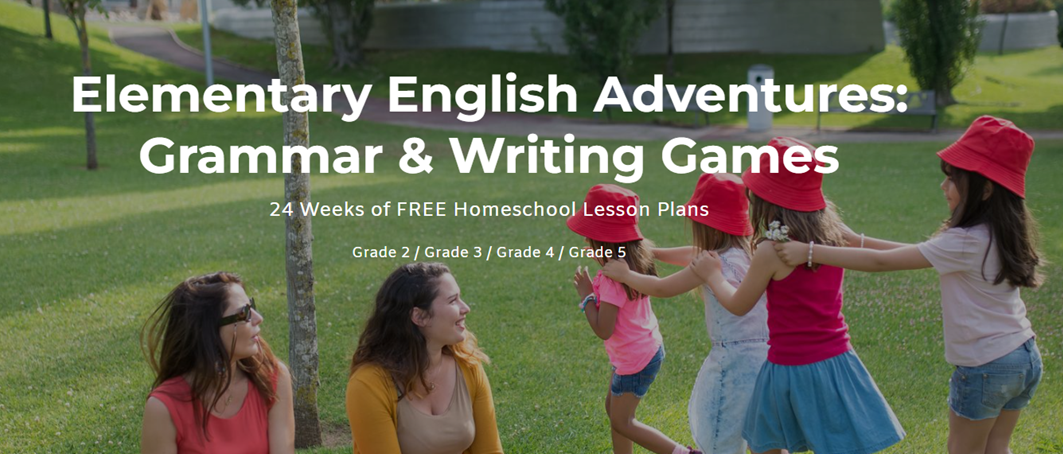

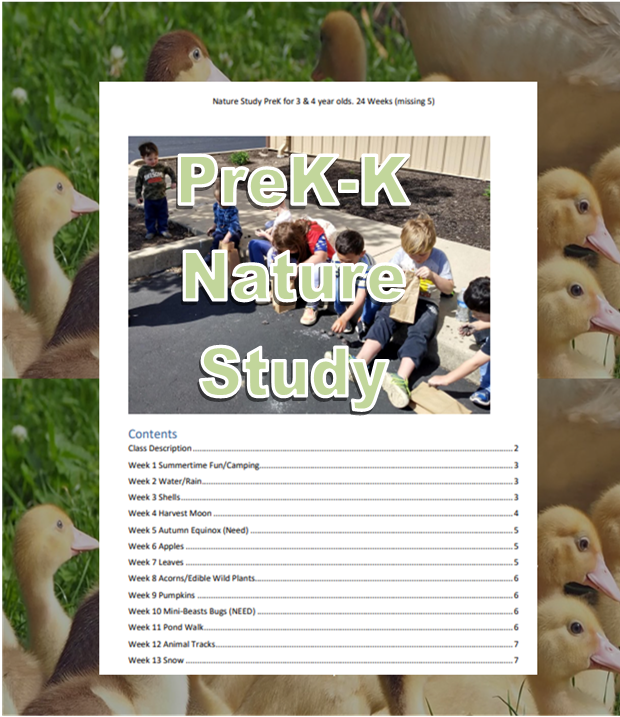
Check out all our FREE homeschool lesson plans with video helps!
EVERYTHING a homeschooler needs - Nearly all on this site is FREE
You don't have to homeschool alone!
Free Homeschool Lesson Plans & Printables
I'm NEW to homeschooling! What do I do?

| Homeschooling101.net
